Outdoor wireless calls for giving: characteristics, features of selection and installation

A wireless outdoor bell for a summer residence or a private house is a convenient solution that allows you to receive an alert about the arrival of guests without unnecessary hassle, remotely. Modern technologies make it possible to avoid complicated laying of communication lines. Moreover, the distance of the wicket from the house does not really matter, since the signal is transmitted remotely, via a radio channel. The variety of choice of such electronic devices is also great. You can choose from frost-resistant doorbells for a private house, waterproof versions, with two speakers, anti-vandal and other options.
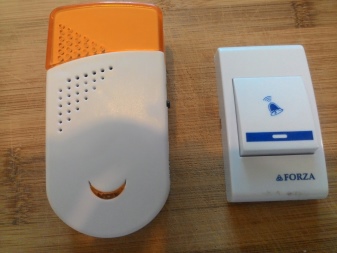


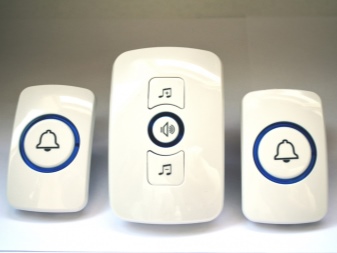
Characteristic
A wireless outdoor chime for a summer residence may differ in terms of installation method, type of power supply, design, number of melodies, performance. For seasonal operation, for example, only in the summer months, you can get by with the simplest options that have only moisture protection. For year-round use, frost-resistant models are more suitable.
A wireless doorbell always has 2 parts: a receiver and a transmitter. They work using radio communication channels and have a limited range. The home part can be represented by 1-2 bases or a main element with several speakers. The street one looks like a regular bell button with a panel for mounting on the back. If there are several inputs, you can choose an option with an alarm device for each wicket, taking into account the range of the device.
The home call receiving unit has a built-in plug for connecting to the power supply or an autonomous battery, replaceable or rechargeable. The outdoor module is usually equipped with a battery or does not have a power source at all in its design. Such models have a reduced range.


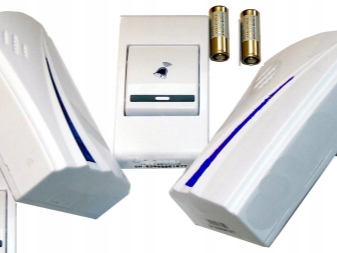

Views
For a country house or summer cottage, special models of outdoor wireless calls are produced. Models with a high level of protection against moisture and dust are suitable for the street. In addition, for a private house with several gates and floors, it is important that the signal reaches all rooms. Among the types of wireless calls in this case, the following options should be highlighted.
- Frost resistant. This category mainly includes models in which the button does not have a battery. An energy converter is installed in them, converting a mechanical force into an electrical impulse. Moisture resistance and frost resistance in such models is the highest.
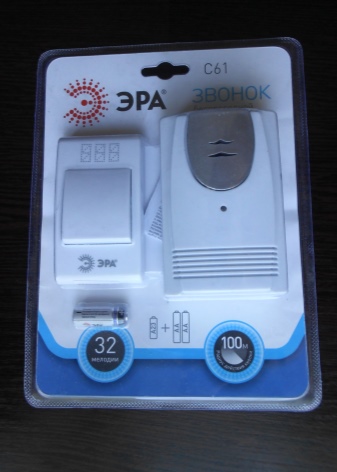

- Waterproof. For a seasonal outdoor call, an IPx4 rating is enough to withstand small splashes and raindrops. Such a model is not protected from heavy rainfall; it needs an additional visor.
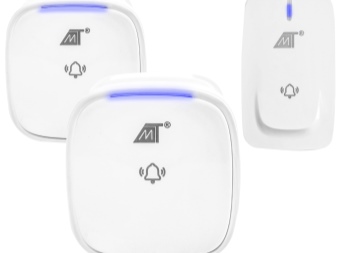

- Anti-vandal. They have a special housing that cannot be dismantled without significant effort. After installing such a module, you don't have to worry about the button being stolen.
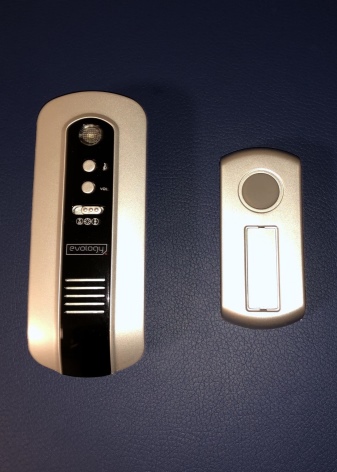

- With two speakers. These models are designed for large houses or multi-storey buildings. Both speakers receive and transmit the signal from the street button, reproduce it.
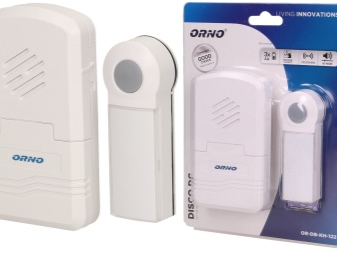

- With two buttons. These models are targeted at homes with multiple entrances. The receiver can only be 1.
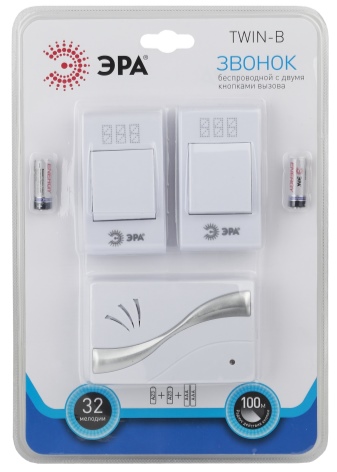

Installation and operation
When installing a wireless outdoor bell, it is important to take into account that all its characteristics, including the range, are relevant only for ideal operating conditions. For example, signal range is indicated based on outdoor tests... If there are other buildings, tall trees, or other obstacles between the house and the gate, this indicator will significantly decrease. In this case, you may need to purchase an additional signal amplifier.
When choosing a place for installation, it is worth giving preference to the option in which the device will be exposed to the least impact between the transmitting and receiving parts. In the presence of solid metal barriers, the use of a wireless call is impractical. For other materials, the reduction in range is:
- up to 20% for wooden surfaces;
- up to 40% for bricks;
- up to 80% for walls made of reinforced concrete.
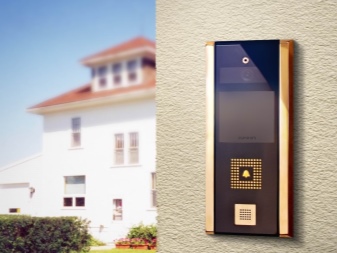
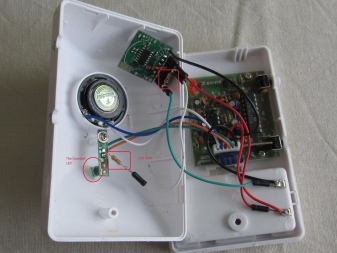
Setting up a wireless call begins with choosing a location. The simplest solution is installation on a support post, on the front surface of the metal profile in the fence section. Sometimes a special mount or support is made for the bell. The easiest way is to use calls with 2-sided tape as a fastener, here it is enough to first degrease the selected installation site and fix the communication module by removing the protective film from it. Sometimes there are additional holes for self-tapping screws - in this case, the electronic device will be protected from theft.
It is optimal if the mount is removable: this is necessary for replacing batteries, charging the battery or seasonal storage. On gates made of corrugated board, fixation with special self-tapping screws with rubber gaskets is used to prevent corrosion.
The module located in the house is attached to double-sided tape, a nail or a self-tapping screw (if there is a hanging loop). If the receiver has a wired connection to the mains, it should be located near the outlet.
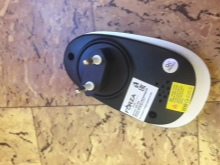
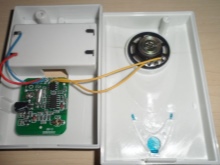
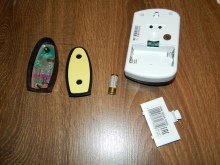
Selection Tips
When choosing an outdoor wireless call for a summer cottage or at home you need to follow simple rules.
- Take into account the seasonality of operation. If the bell is used only during the summer stay, it should be easily removable and protected from moisture. For year-round use, you will need a frost-resistant device that does not lose its properties under the influence of low temperatures.
- Radius of action. You need to choose it with some margin. For example, if the distance from the gate to the house is 20 m, a call operating in the range of 30-40 m will be enough. There is no point in buying expensive and powerful models with a signal reception range of 100-150 m. Also, you cannot choose a model with a deliberately smaller transmission range, it will not work.
- The presence of 2 speakers. This is useful if the house has several floors. Each of the receivers will receive a signal and notify the hosts about the guests' visit.
- Silent mode function. Usually, it provides that instead of a sound signal, a light signal is emitted at this time. This is convenient if there are small children in the house who follow a strict sleep schedule.
- The presence of the function of selecting melodies. The same sounds can be a source of irritation. It is good if the owner of the house has a choice of at least 3-4 melodies. The most expensive models have a memory card and support downloading music files from it.
- Design. Modern electronic devices look pretty futuristic. If you want a harmonious combination of high technology and traditional forged or other designer fencing, you can look for models in a retro style.
- Power supply type. It is better to choose a home module wired or with a rechargeable battery. For a street button, a "coin" battery is usually used, which can maintain its effectiveness for a long time, but there are also options without a battery at all. They are charged at the moment of mechanical impact - from pressing.
- The level of security of the structure. The street bell needs a visor to protect it from moisture. In some cases, it is better to immediately select a vandal-proof button.
Considering these points, you can figure out how to choose a wireless doorbell and make the right choice.
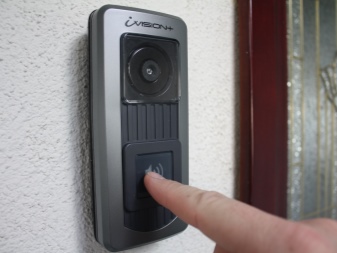

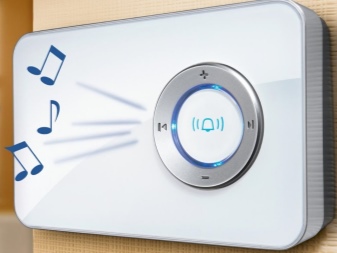
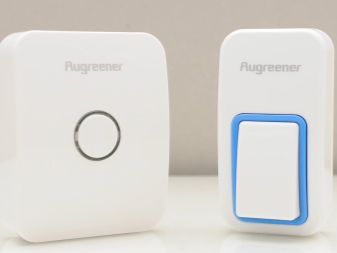
Review of the wireless doorbell without batteries in the video.













All calls are made in China. The quality is poor: the range does not exceed 20 meters, although they write everywhere - 100 meters. Finding a place where a signal is received is very difficult. The bell is just silent. I bought several different calls: not one is working. I do not recommend buying.
A similar sad experience.
When they call us, the neighbors also ring. What to do?
The comment was sent successfully.